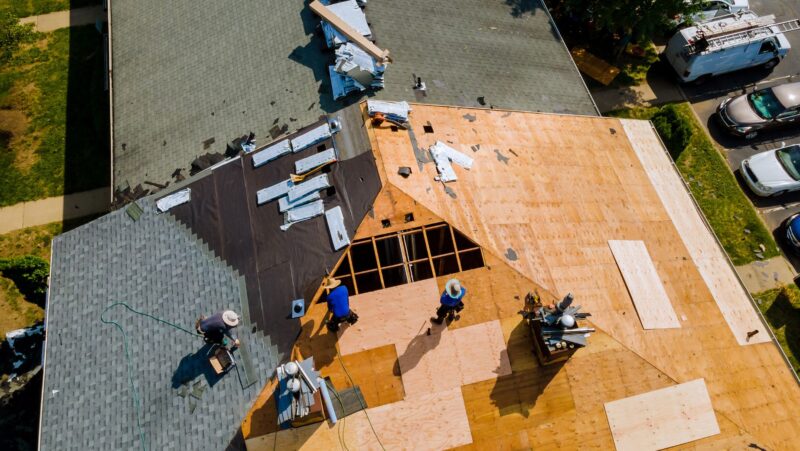
Joining the sustainable wave is now easier than ever. One can simply switch up where they get their power. Plug-in solar panels turn the ever-abundant sun into electricity and hand it to you on a silver platter. These new and revolutionary solar panels make solar power accessible to everyone without all the complicated setups of a traditional system. But are the panels ideal for your household? Let’s discover if they are worth it in this guide.
How Do Plug-and-Play Solar Panels Work?
Plug-in solar panels are a DIYer’s dream –as one can get these up and running all by themselves. Also, there’s no demand for a high upfront cost. You can easily plug this inexpensive system into a wall socket, and you are generating electricity. It’s good for your appliances, helps decrease your electric bills, and guides you toward going green.
The parts of a plug-in solar panel system you need are the panels, a microinverter, and a connection to the home electrical grid. Sun rays hit the solar panels, and they convert it to direct current (DC). The microinverter changes the electricity into alternating current (AC), injecting it into the home for daily use. It’s that simple.
Choosing the Right Plug-and-Play Solar Panel System
Before you select a plug-and-play solar panel system, you need to know your needs, budget, and space. Compute the average power consumption you need every day. That should let you know how many panels you need. Note that installing more panels means a higher generation of power and bigger savings in the future.
You should also take into consideration the solar modules’ capabilities. Purchase panels with decent efficiency ratings and lengthy warranties. In addition, check the brand’s track record and what previous customers have to say.

Solar energy companies with good feedback supply trustworthy customer service and long-lasting products. For example, Sunrun offers several plug-and-play solar panels that are both durable and efficient.
Installation and Setup
One of the main reasons to use plug-and-play solar panels is that they are becoming very popular because of their easy installation. With the traditional solar power system, you need a professional who has the right permit to help you in the installation process. However, you can install these kinds of panels on your own. Only if you have a little know-how of the procedure and you are a DIY fan. To get started, just choose the place where these solar panels will be installed. So, a good place is a rooftop, balcony, or any open area where the sunlight is available.
Then, install and fasten the solar panels. Most of the plug-and-play solar panel installation instructions are very easy to follow. So, you should perform according to the given suggestions. When you complete the installation process, then you need to plug these panels with a micro-inverter. Then, we need to connect the system with a suitable and dedicated power outlet. Here, the inverter will connect the electricity grid source to protect your home from the electricity.
Pros and Cons of Plug-and-Play Solar Panels
One advantage of the plug-and-play solar panel system is its installation process. It is not necessary to hire a professional energy installer or get permits. This makes it a homeowner-friendly system to get. Another advantage is homeowners are assured that they can take it with them after they move out of their current home. Since most models are portable, moving them out is easy.
Of course, they may produce less electricity. These types of panels are smaller and less efficient than their traditional counterparts. They may be more fitting for small homes or as a supplementary source of electricity in the house. Another disadvantage is their limitation. You may not be able to add more to the present plug-and-play solar panel system due to extension model compatibility or because of space.
Plug and Play Solar Panels vs. Traditional Solar Panels
Traditional solar panels require a more extensive set that includes mounting, wiring, and connecting to the inverter.

These would require professional help with proper permits and such. Traditional ones also have the potential to produce more power and would be suitable for bigger households or commercial buildings.
But plug-and-play solar panels are much more user-friendly. They would not require permits and professional setup. They would be much more helpful for renters, homeowners living in small spaces, and beginners trying to become more familiar with solar energy. They would be a great starting step for you to use more renewable energy.
Going For Plug-and-Play Solar Panels
Plug-and-play solar panels are easy to install and use, which is ideal for energy on the go! They won’t replace a standard PV system; however, they do provide a way for you to reduce your carbon emissions. If you are an advanced DIYer or new to the whole greener energy thing, then plug-and-play solar panels are worth considering.












